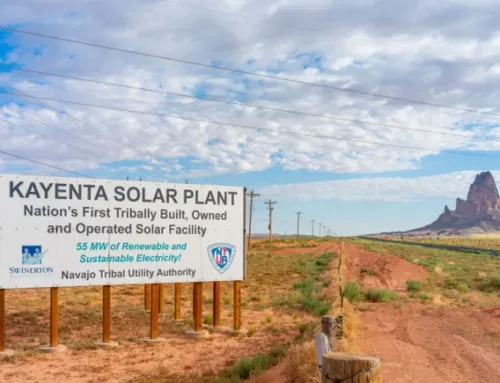Colombia Unveils 1,600 GW Renewable Energy Potential Through IRENA’s Solar And Wind Zoning
June 15, 2025
A new study by the International Renewable Energy Agency (IRENA) identifies vast investment opportunities for utility-scale solar and onshore wind energy projects in Colombia. The assessment was conducted at the request of the Colombian government, with the goal of mapping zones that offer the highest potential for cost-effective renewable energy development. The report, titled Investment Opportunities for Utility-Scale Solar and Wind Areas: Colombia Zoning Assessment, offers a comprehensive spatial and techno-economic evaluation to guide infrastructure planning, attract investment, and support the country’s energy transition.
Colombia’s zoning assessment was based on detailed geographic, meteorological, technical, and economic criteria. The study used high-resolution datasets on solar radiation and wind speeds, population density, land use, road and transmission infrastructure, and protected areas. A rigorous multi-criteria approach allowed IRENA and local stakeholders, such as the Unidad de Planeación Minero-Energética (UPME), to identify favorable sites for large-scale renewable projects.
The report found that Colombia has significant land potential suitable for both solar PV and onshore wind development. In particular, 64,196 square kilometers (about 5.6% of the country’s land area) are favorable for solar PV, and 7,977 square kilometers (about 0.7%) are favorable for wind. These zones were identified based on a suitability threshold score of 77% for solar and 76% for wind, incorporating factors such as terrain, infrastructure proximity, and environmental sensitivity.
According to the findings, Colombia’s maximum development potential stands at 1,604.9 GW for solar PV and 31.5 GW for onshore wind. This calculation is based on land use assumptions including an installation density of 50 MW/km² for solar and 5 MW/km² for wind, a maximum concentration capacity of 5,000 MW per zone, and a land utilization factor of 50%.
Electricity generation estimates show that the annual output could reach approximately 2,561,011 GWh from solar PV and 87,667 GWh from onshore wind projects. Capacity factors across favorable zones range between 16% and 21.2% for solar and between 20% and 43.1% for wind. Notably, solar zones with higher capacity factors are concentrated in the regions of Tolima, Huila, Cundinamarca, and Meta, while high-wind zones are spread across Nariño, Cauca, and La Guajira, among others.
Levelised Cost of Energy (LCOE) estimates further highlight the investment potential. For solar PV, LCOE values range from USD 79/MWh to USD 105.2/MWh, and for wind projects, from USD 63.2/MWh to USD 189.2/MWh. The most cost-effective zones for solar development are located mainly in central Colombia, whereas for wind, they are found across various parts of the country, particularly in the southwest and coastal regions.
The report concludes by emphasizing that while Colombia has a substantial renewable energy potential, actual development will depend on further site-specific assessments. IRENA recommends the use of its Site Assessment Service, which offers detailed feasibility studies using downscaled time series resource data and financial modeling. These steps will be crucial for translating the zoning insights into bankable projects that contribute to Colombia’s climate goals and energy security.
The IRENA study provides a clear roadmap for investors and policymakers, identifying strategic zones and offering technical and economic justifications to fast-track renewable energy development in Colombia. The zoning methodology and results are intended to reduce investor risk, optimize infrastructure planning, and promote a cleaner and more resilient energy future for the country.
Search
RECENT PRESS RELEASES
Related Post





